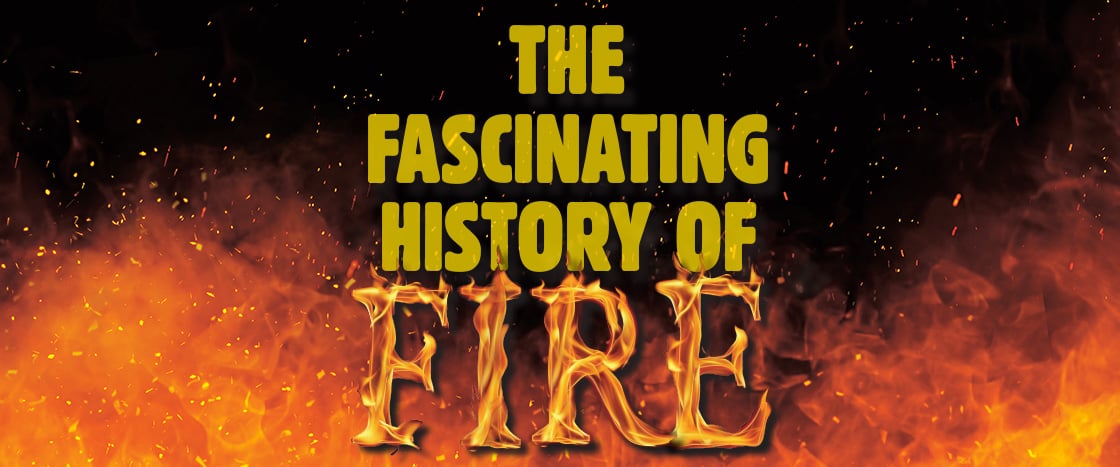But over the years, even as fire has fueled amazing progress, it has also become a source of terrible danger. For a long time, Indigenous people all over the world—including many Native Americans—used fire to keep forests clean by burning away dead trees. That also triggered the growth of other plants used for food and medicine.
But many governments eventually outlawed using fire in this way. What they didn’t realize is that banning the practice has allowed forest fires to become even more destructive. Why?
Because our forests have become filled with dead vegetation. Fires feed on all those dried-out leaves, logs, and pine needles, quickly growing monstrous and out of control.
Climate change is also making things worse. Air pollution is causing temperatures on Earth to rise. Droughts, long periods with little or no rain, are also becoming more frequent. Warm temperatures and arid conditions dry out plants, causing them to catch fire more easily.
Today wildfires in the U.S. alone burn through about 7 million acres of land every year—an area bigger than the state of Massachusetts. And people cause nearly 85 percent of wildfires. How? By not putting out campfires properly, to give one example.
“We have taken our longtime best friend and made it our worst enemy,” says Pyne.
By taking better care of our planet, we can repair that friendship—and think again of fire as that magical power that inspired stories and made us who we are.
So next time you’re sitting around a campfire, think about the incredible history of fire. Then celebrate by roasting another marshmallow—and don’t forget to put out that fire when you’re done!

